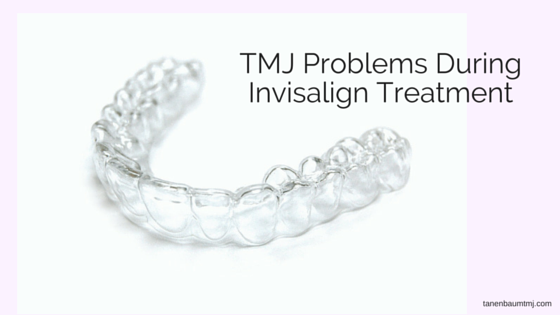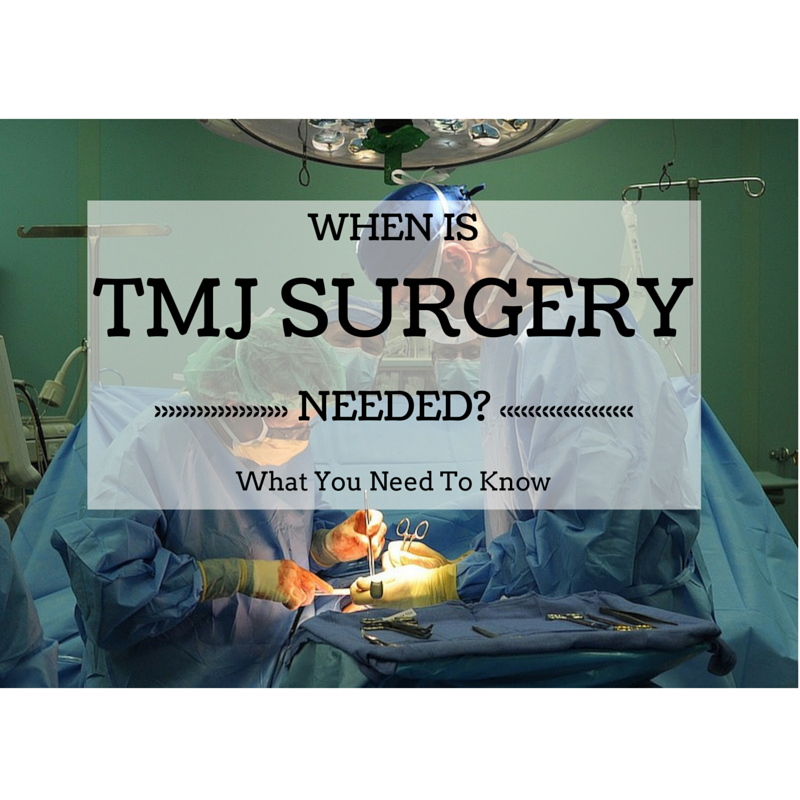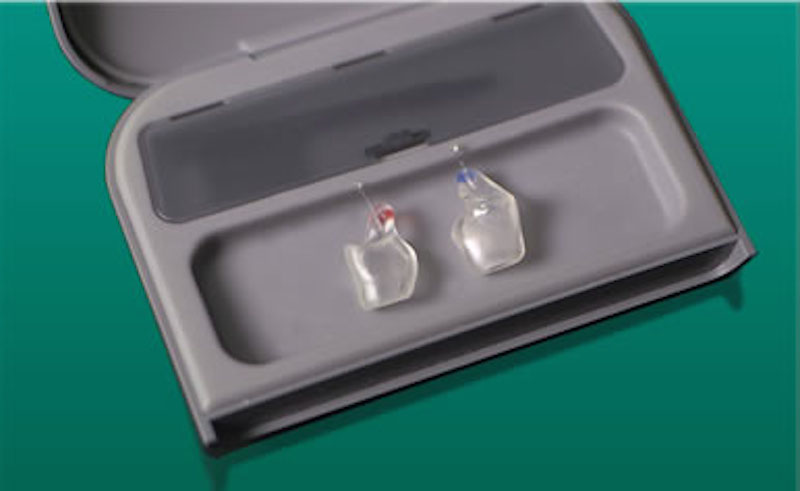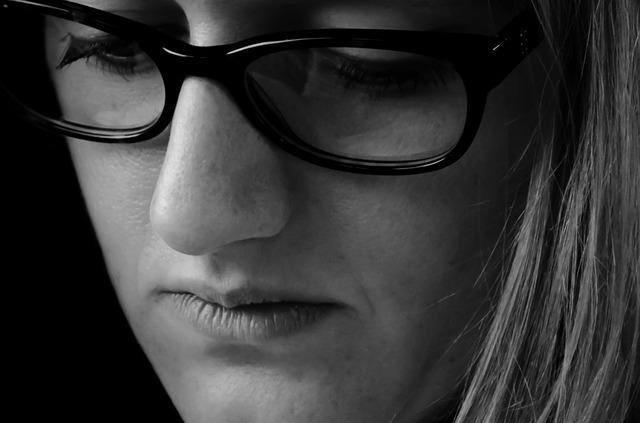Modern technology has changed nearly every aspect of dentistry during the past ten years. The world of orthodontics, in particular, has seen incredible advances that allow teeth to be moved in a revolutionary way. Because of software technology dentists can now simulate the tooth movement steps that are necessary to go from starting point to end point before treatment has even begun. This remarkable technology is known to most of us as Invisalign.
Invisalign has not only changed the way teeth are moved, it enables many more dentists than before to offer tooth movement services. This is a huge shift in the way orthodontic treatment is delivered. And for millions of people Invisalign is more desirable than traditional braces. Therefore, it’s not surprising that along with the wonderful outcomes of Invisalign, some problems would arise.
More Patients Experiencing TMJ Problems During Invisalign Treatment
My practice is made up mostly of patients that suffer from disorders of the temporomandibular joint, most commonly referred to as TMJ. One of the significant risk factors that may initiate a TMJ problem is the presence of frequent and aggressive tooth contact during the day and at night. These tendencies are called awake bruxism and sleep bruxism respectively. Before the popularity of Invisalign I normally saw a small proportion of patients every year that were actively involved with orthodontic treatment.
But recently I have seen an influx of patients with TMJ symptoms that emerge during Invisalign treatment. They represent all ages: teens, adolescents and adults. And they arrive with a combination of jaw muscle problems and jaw joint-related problems. From treating these patients I have begun to see a pattern emerge. Let me explain:
Patients in Invisalign treatment must wear their upper and lower aligner trays on a nearly full-time basis. The only exception is while eating. These clear aligners are made from a very rigid material that is relatively thick. Consequently, they take up a considerable amount of the free space between the upper and lower teeth, even when the jaw is in a relaxed position. For some patients the upper and lower aligner trays are always in contact, which means their jaw muscles are always contracted in braced state. Over time these contracted muscles can become sore, painful and tight. In some cases the jaw joint gets involved as well with symptoms such as popping, clicking and locking. And that’s what happened to Paula.
Paula is a 56-year-old who arrived at my office in a state of panic. Her jaw had locked and she was in considerable pain. Paula told me that only two months into her Invisalign treatment she had begun to experience jaw tightness and jaw joint noise upon arising every morning. Reporting it to her dentist, he assured her that her problem was likely not related to Invisalign, as he had “never seen this before.”
Although concerned, Paula pushed ahead with Invisalign until one morning she woke up in tremendous pain with a locked jaw. During our consultation it became apparent to me that her Invisalign trays had prompted her to her jaw in a braced jaw position during the day and a clenched position at night. Because Paula’s history revealed no other risk factors, it is likely that her jaw muscles and jaw joints were compromised due to repetitive overuse.
Paula is not the only patient I’ve seen in the past few weeks with TMJ problems during Invisalign. Take into consideration Nicole, who is 13-years old. Nicole had a minor jaw click before starting Invisalign. She wore her aligners for only a short period of time before her minor click became out of control and she was in tremendous pain. During her consult I recognized that with the aligners in place, Nicole could not maintain a relaxed jaw posture. It is, therefore, easy to understand why her previously minor jaw problem had escalated during Invisalign treatment.
Many people have a history of tooth clenching or consistent teeth contact before they ever enter into Invisalign treatment. And some people don’t even know they do it because they don’t experience the typical symptoms. For these folks the introduction of Invisalign trays makes it very hard to maintain a neutral and restful jaw position and the risk of TMJ problems is very real.
How To Prevent TMJ Problems During Invisalign Treatment
The best way to prevent TMJ problems during Invisalign treatment is to ask your dentist some very specific questions before you make the decision to go ahead. Here are some sample questions:
- YOU’VE HAD TMJ PROBLEMS IN THE PAST: “I have had jaw problems in the past. Is Invisalign the best choice for me?”
- YOU DON’T KNOW IF YOU CLENCH OR GRIND YOUR TEETH: “I don’t know if I clench or grind my teeth during the night. Can you check for signs before I decide to start Invisalign?”
- YOU’RE ENTERING INTO A STRESSFUL PERIOD IN YOUR LIFE, such as moving or a divorce: “I’m going to be under a lot of stress in the near future. Should I wait until life is calmer to begin the Invisalign treatment?”
- YOU’RE ON A MEDICATION THAT COULD CAUSE MUSCLE TENSION such as Adderall. “I am currently taking Adderall. Could that impact my treatment?”
You may have your heart set on Invisalign, but it’s best to know for sure that it’s right for you before starting. If you are in the midst of treatment I recommend that you make great efforts to be as mindful as you can to keep your trays apart during the day. Report concerns about night clenching to your dentist immediately if you suspect you are doing it.
More than anything else: choose a dentist that you trust and who listens to you and addresses your concerns. It’s better to be safe than sorry.
Dr. Donald Tanenbaum is a dentist with offices in New York City and Long Island, NY. He is uniquely qualified to diagnose and treat problems associated with facial pain, TMJ and sleep apnea. To find an orofacial pain expert in your area, link to the American Academy of Orofacial Pain here: http://www.aaop.org/














